
When is a hill not a hill? Well… it's probably always a hill but it might also be something else. Most commonly: a quagmire that sucks up your boot, soaks your sock and turns the air around it (indirectly) blue. It could be a heap of scree coasting downhill beneath your feet, a forest a few millimetres high, a hopscotch pavement of limestone blocks. The hills are diverse. On just one walk, from the roadside to the summit, you might pass through more than ten different habitats, each with their own distinctive communities of plants and animals.
Often, you can hear the change. There's the white noise of traffic at the bottom, the heavy thunk of a car boot being closed, the low roar of a wide river, the rustle of leaves in woodland. Then the lighter chuckle of a mountain stream, the squelch of a bog. As you climb higher, the clatter of a dislodged stone and then silence. Just the wind.
Habitats are conditioned by a number of factors: climate, weather, location, bedrock, altitude… and people. Very few places in the UK are unaffected by human activity and many are entirely characterised by it (I might say oppressed, but that's a whole other article).
Once you begin paying attention to this stuff, the hills rapidly start to seem more complex. You come to understand why some are covered almost entirely in heather, some bristling with tufty grass and why that flower is growing just there. Everything in nature happens for a reason and with a little attention and knowledge you can figure it out. The story of the hill is written in the ground beneath your feet.
On deep peat you're walking across an ancient landscape, older by far than any woodland
There is a downside: desolation becomes more obvious. What once looked like a simple swathe of green starts to appear more barren. It's sad, in some cases achingly painful, but, I'd argue, that as people who love the hills, it's an important pain. Like the kind you feel when you break your leg, it tells you something's wrong.
So here are 10 habitats you're likely to encounter in the hills, tips on how to recognise them and some headline species to spot. Scavenger hunt optional.
Bracken scrub
Bracken has been around for about 55 million years, since the very first mammals appeared. It's thought to be the most common plant in the world and is certainly one of the most common plants in our hills. This massive fern, Britain's largest, is, as many land workers will tell you, near unstoppable, spreading 1m per year. Where it doesn't successfully shade out other plants, bracken produces a toxin to inhibit them. Then, if anything takes a bite, the leaf will produce hydrogen cyanide to poison them. As such, where it grows, it grows densely, forming towering jungles in the summer with not much else at all.
In some places cattle have been introduced as a way of controlling and breaking up the swathe. Their trampling crushes the fronds, creating patches of light for other plants to grow in, and weakens the rhizomes, making it harder for the plant to recover. You do find other species there: bluebells in spring, fritillary butterflies, and (less joyfully), sheep ticks.
Three species to spot:
- Foxglove (Digitalis purpurea)
- Pearl-bordered fritillary (Boloria euphrosyne)
- Whinchat (Saxicola rubetra)
Best places to see:
- Catbells, Lake District
- Ben Lomond, Loch Lomond and the Trossachs
- Offa's Dyke, Mid Wales
Caledonian forest
There are pinewoods growing on heathland all across the Boreal zone of Northern Europe, but Scotland's Caledonian forest, influenced by a maritime climate, is distinct. It's its own thing. The dominant species here are Scots Pine and birch trees, and under them heather, bilberry and juniper bushes, with mosses that sound like they were named by pixies: Glittering Wood-moss (Hylocomium splendens), Little Shaggy-moss (Rhytidiadelphus loreus) and Red-stemmed Feather-moss (Pleurozium schreberi). You'll know them when you see them.
As the name suggests, Caledonian forest is found exclusively in the Scottish Highlands, roughly north of the Clyde in the west and the Tay in the east. It started cropping up after the last Ice Age, when light-as-a-feather birch seeds blew in and took root. Scots Pine followed, and by roughly 2000 BCE the forest covered about 15,000 km². Now, limited first by felling and a warming climate, then by sheep grazing and deer overpopulation, it covers only around 800 km², mostly in isolated fragments.
Three species to spot:
- Capercaillie (Tetrao urogallus)
- Red squirrel (Sciurus vulgaris)
- Twinflower (Linnaea borealis)
Best places to see:
- Rothiemurchus, Cairngorms
- Glen Affric, Inverness-shire
- Beinn Eighe, Torridon
Conifer plantation
Often characterised as much by what doesn't grow there as what does, conifer plantation makes up about 48% of the UK's woodland cover. From afar, you'll recognise it as a dense block or belt of conifers, uniform in species and age. From nearby, as gloomy stands of tall, evenly-spaced trees above a ground layer of needle-litter or sphagnum moss. These plantations are essentially fields of trees, typically non-native timber conifers like Sitka spruce or Lodgepole pines. Though plantations are largely single-species, the UK Forestry standard states at least a quarter of the forest should be made up of different species and habitats.
Richer, more complex habitat tends to break through at the edges, beside rivers, streams, firebreaks and rides. Where this is the case, or where windblown trees allow shafts of sunlight to break through, you might find Bracken, heather and other heathland species. Look for squirrel-nibbled pine cones, owl feathers or up to the skies for a chance sighting of a Goshawk.
Three species to spot:
- Red squirrel (Sciurus vulgaris)
- Pearl-bordered fritillary (Boloria euphrosyne)
- Black grouse (Tetrao tetrix)
Best places to see:
- Galloway Forest Park, Galloway
- Kielder Forest, Northumberland
- Tywi Forest, Ceredigion
Blanket bog
Blanket bog is what you're walking across when someone says, "this is like that scene from LoTR in the Dead Marshes," except a lot less dead and a lot more beautiful. A vast expanse of sodden peat with cushions of red and green sphagnum moss, spears of bog asphodel and tufty cottongrass, where pools well up from below to glint in the sun. This is terra unfirma. In some places, the ground wobbles (highly disconcertingly) like jelly under your feet.
Blanket bog generally forms in flat areas of the hills, such as valley bottoms, where drainage is poor and frequent rain means the ground rarely dries out. That wetness helps to create conditions so oxygen-deprived that vegetation doesn't ever fully break down. Instead, the mosses and collapsed plants only partially decompose, forming slowly, at about a millimetre per year, a layer of peat. Where you're walking on deep peat, you're walking across an ancient landscape, older by far than any woodland termed the same.
Three species to spot:
- Red bog-moss (Sphagnum capillifolium)
- Golden plover (Pluvialis apricaria)
- Bog asphodel (Narthecium ossifragum)
Best places to see:
- The Flow Country, Caithness and Sutherland
- The Migneint, Eryri
- Howden Moors, Peak District
Upland lochans and tarns
Ecologically speaking, there are a few different 'types' of lochan or tarn, characterised (usually) by their nutrient level, acidity and the plants that grow there. There are the brandy-coloured peat-stained waters gathering in or near blanket bog; blue-green hued marl lakes forming in limestone areas; and clear, nutrient-poor waters forming high in the hills. These are the ones that look particularly inviting after a gruelling, sweaty climb.
Different water types support different species. In the first (dystrophic), you're likely to find mosses, insectivorous plants and dragonflies. In the second – Malham tarn is one example – you might find meadows of stonewort, which looks like a pondweed but is actually an algae, sort of like the freshwater version of seaweed. In the last, you'll find very little, though some are favoured fishing spots for brown trout and some home to Arctic charr, a glacial relict species. You might also hear a splash and a howl as someone finds out – in the full body way – just how cold this water can get.
Three species to spot:
- Water lobelia (Lobelia dortmanna)
- Arctic charr (Salvelinus alpinus)
- Black-throated diver (Gavia arctica)
Best places to see:
- Coulin, Torridon and Assynt hills
- Llyn Idwal, Eryri
- Sprinkling Tarn, Lake District
Scree
One of the most important and obvious characteristics of scree is that it moves. A lot. It starts up high, where rock, weakened by weathering, breaks away and falls down the mountainside. Boulders, being massive and heavy, can bounce and roll a terrifyingly long way downslope before stopping, while smaller rocks come to rest higher up. The result is a great sweep of loose rock, fanning out towards the valley or corrie bottom.
Because it's so continually moving, very little soil builds up. Because there's not much to insulate it, temperatures go from baking in the day to freezing at night. So anything that's going to live there needs to be able to put up with instability, little nutrition and a bit of desiccation every now and again. That is most mountaineers, but also lichens. After lichens move in, you might get other bryophytes. If enough plant matter builds up, you may get ferns like Parsley fern (Cryptogramma crispa) and plants like Purple saxifrage (Saxifraga oppositifolia). Scree might look barren, but it's not dead.
Three species to spot:
- Map lichen (Rhizocarpon geographicum)
- Wheatear (Oenanthe oenanthe)
- Alpine lady-fern (Athyrium distentifolium)
Best places to see:
- The Wasdale Screes, Lake District
- Foinaven, Sutherland
- Rhinog Fach, Snowdonia
Montane heath
The top of a mountain, as anyone with a face will attest, is a harsh place to be. It is regularly blasted by bitter winds; drenched in days of ceaseless rain; and scorched by sunlight with barely an inch of shade. In winter, it's either scoured by ice and freezing gales or buried under a layer of snow for weeks or months at a time. But, just as there is a particular breed of person who will be gleefully stuffing a rucksack at the thought of all this, so are there specialist plants and animals which thrive in this stark, exposed place.
This is a particular Arctic-alpine environment typically found above 750m where snow lies late into the summer and, in some patches (at least until recent times) all through the year. Up in this rocky landscape, you don't find very many herby plants. It's mostly mosses, lichens and sedges, some of which depend on snow cover. You might also see teeny sparrow-like snow buntings nipping insects off the snow or dotterel (Charadrius morinellus), Britain's only montane wading bird.
Three species to spot:
- Eurasian dotterel (Charadrius morinellus)
- Dwarf willow (Salix herbacea)
- Woolly fringe-moss (Racomitrium lanuginosum)
Best places to see:
- Ben Lawers, Perthshire
- Braeriach, Cairngorms
- Bowfell, Lake District
Limestone pavement
There's only about 26km2 of limestone pavement in the UK but that's allegedly a significant proportion of limestone pavement globally. This is a very weird landscape, an exposed karst platform, weathered into blocks and riven with cracks. Get down on your knees and peer into those cracks and you'll see a little forest of ferns, flowers and mosses flourishing in the shelter provided.
The landscape is the result of glacial activity, with the upper layer of soil scoured away by the ice to reveal the limestone bedrock beneath. Rain, especially acid rain, wears away at faults in the slightly soluble limestone, weathering it into the distinctive clints (blocks) and grykes (cracks). Where it isn't overgrazed, these grykes can grow lush with ferns, woodland flowers and orchids. Scar Close, on Ingleborough, which has been fenced for decades, is a particularly good example. Hopscotch across the blocks, crouch to investigate the miniature worlds in the cracks, then stand up to a dizzyingly expansive view. Limestone pavements may be limited in extent, but certainly not in appeal.
Three species to spot:
- Hart's tongue fern (Asplenium scolopendrium)
- Dog's mercury (Mercurialis perennis)
- Common lizard (Zootoca vivipara)
Best places to see:
- Ingleborough or Malham Cove, Yorkshire Dales
- Strath, Skye
- Southeast Cumbria
Upland spring and flush
High up beneath the crest of the Cuillin ridge, where the colour spectrum is reduced to dark rock and blue sky, is a splash of lime green that is so important that it's written into the guidebooks. Why? Because this little clump of green moss indicates a bubbling spring, and water, on that precipitous ridge, is scarce.
If you're going to drink water straight from the source (one of the pleasures of the Highlands, but you take your own gut health in your hands – or mouth - in more populous or sheep-munched hills) an upland spring is the best place to do it. You'll see them rising up in small mossy pockets between rocks and rough grassland or breaking up the sward with long, sinuous beds of damp yellow-green moss. They tend to occur where the water table is very high and the saturated ground frequently topped up by mist and rainfall. A spring can emerge in a fountainhead that you can dip your water bottle into or simply seep up from below. But if you see a patch of bright moss riven by a silvery stream, you've probably got a spring.
Three species to spot:
- Fountain apple-moss (Philonotis fontana)
- Common butterwort (Pinguicula vulgaris)
- Starry saxifrage (Micranthes stellaris)
Best places to see:
- Beinn a' Ghlo, Perthshire
- Coire a' Ghrunnda, Skye
- Upper Teesdale, North Pennines
Mountain ledge
The most inaccessible little clefts and crags in the mountains, where sheep can't nibble and people can't roam, are havens for plants. Sprouting on narrow steps and trailing from dark, damp fissures are ferns, herbs and flowers that, in some instances, grow nowhere else in the UK. The little blue Alpine gentian, for example, which only opens its flowers in warm sunshine (I mean really, that's a mood) grows only on Ben Lawers and the Mounth in the southern Cairngorms.
It might be that these are just remnants of a grassland that, if grazing pressure was reduced, would spread more widely over the hills; but in most cases, it's just here, tucked away in small out of reach places. Plants vary depending on the substrate – whether it's acidic or base-rich – but generally exist in abundance. Typically, you might find bilberry bushes, ferns, dauntless Rowan trees, pillows of Yellow saxifrage or clusters of roseroot. On even the most desolate hills, as long as there are sheer, north-facing cliffs and ravines, you'll find these lush green pockets of life.
Three species to spot:
- Alpine catchfly (Silene suecica)
- Globe-flower (Trollius europaeus)
- Peregrine falcon (Falco peregrinus)
Best places to see:
- Fairfield, Lake District
- Ben Lawers, Perthshire
- Cwm Idwal, Eryri
Sources:
Britain's Habitats: A Field Guide to the Wildlife Habitats of Great Britain and Ireland by Lake, Liley, Still & Swash - this excellent field guide was a constant reference companion for this piece, and you should definitely get it if you're at all interested.
sac.jncc.gov.uk/habitat/; http://www.cumbriabotany.co.uk/cumbrian-landscape-and-flora/
britishbryologicalsociety.org.uk/learning/habitats/snowbed-habitats/
britishbryologicalsociety.org.uk/learning/habitats/snowbed-habitats/

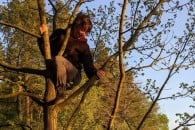

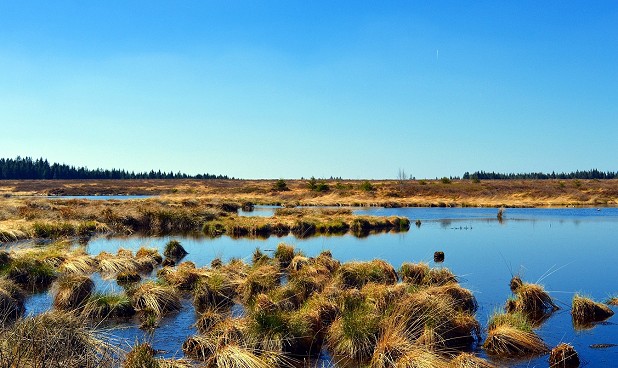
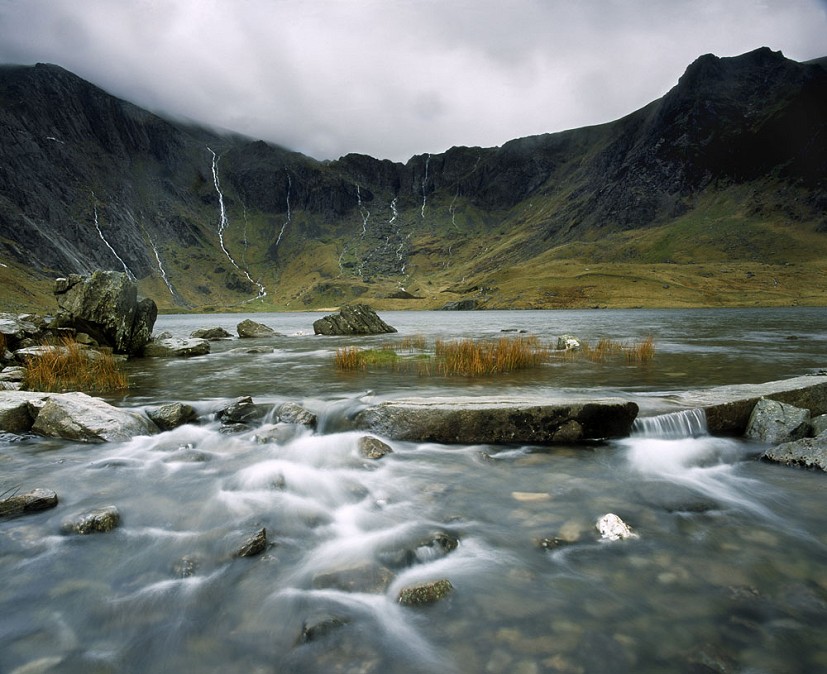
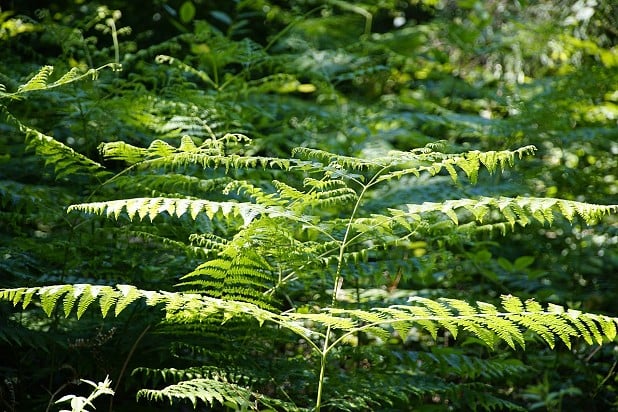
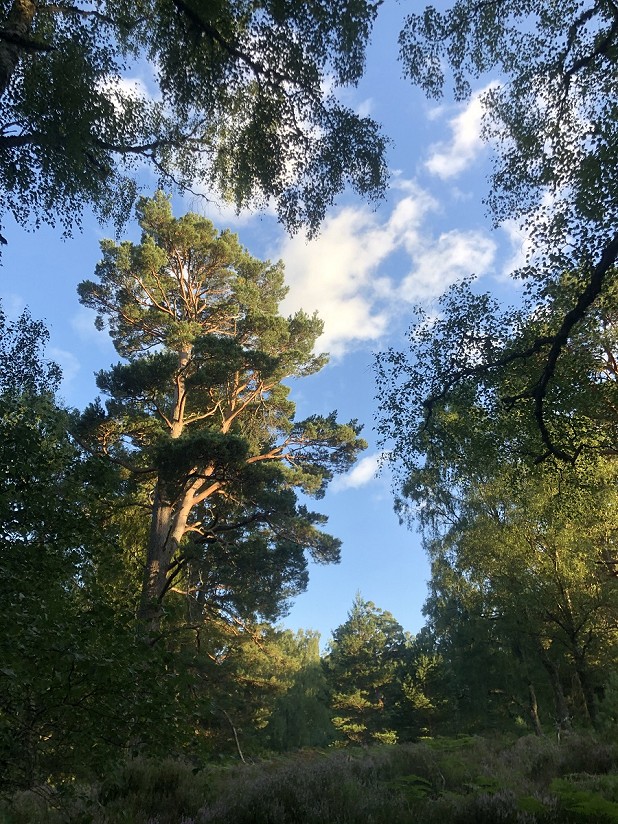

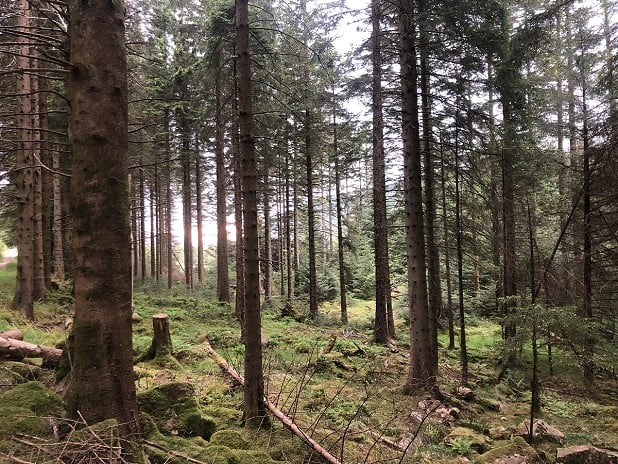
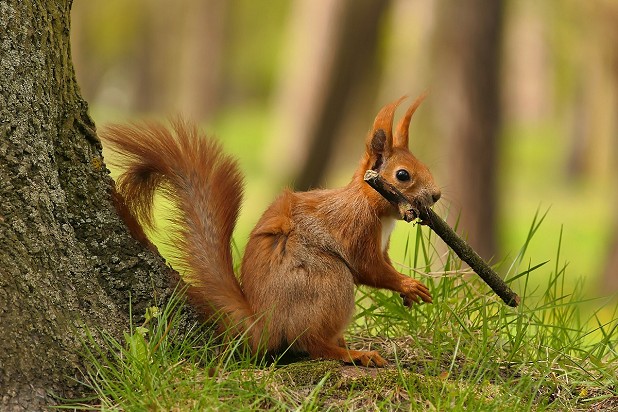

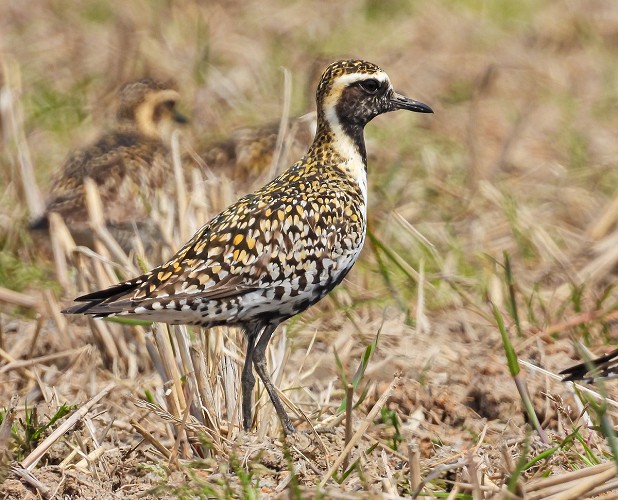

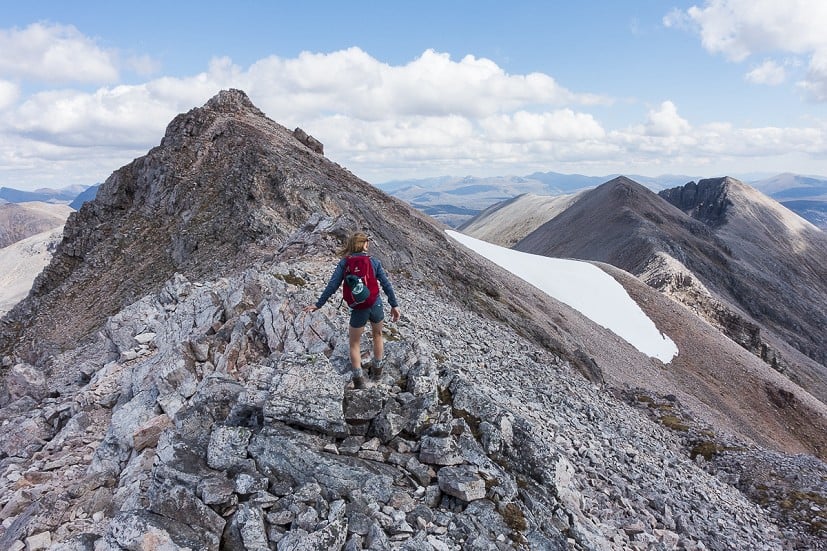
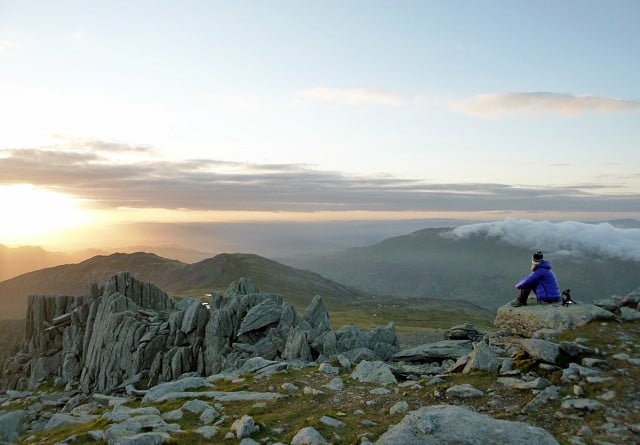

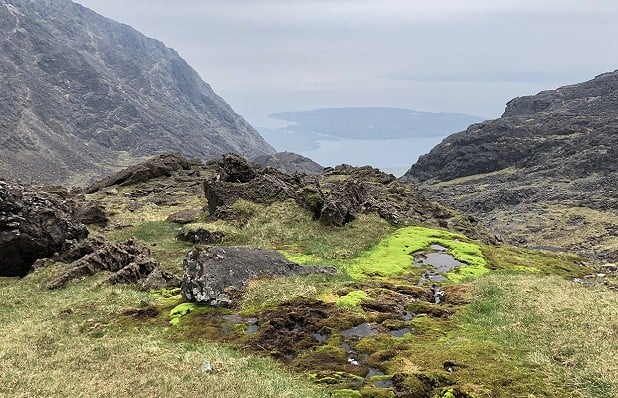
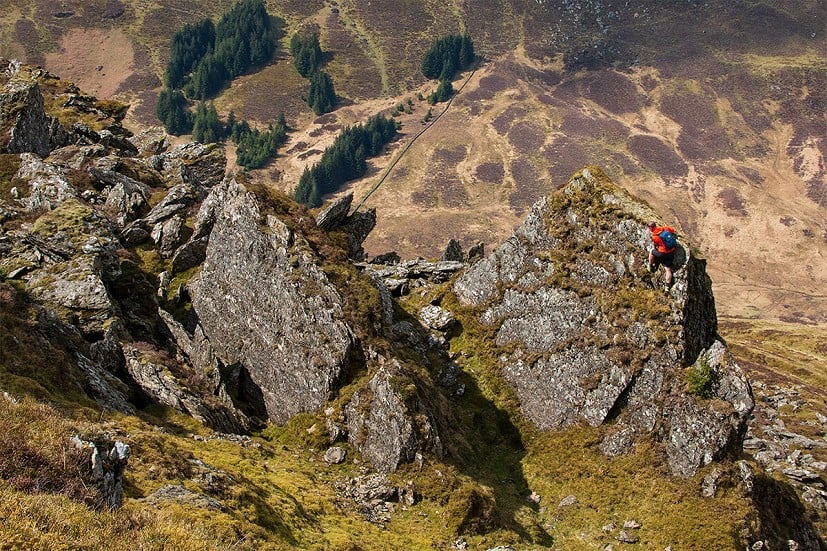



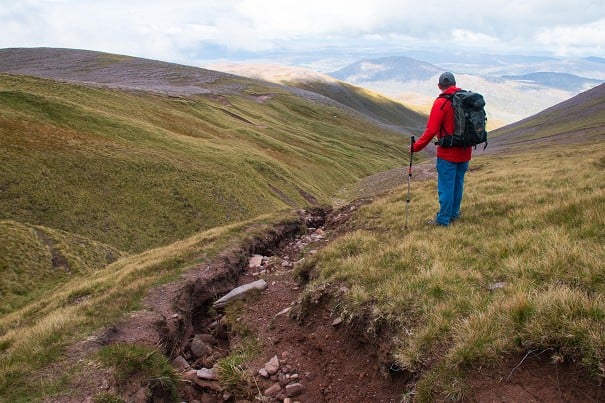


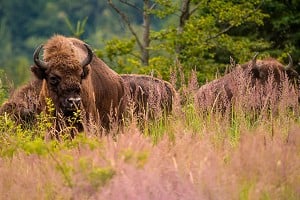


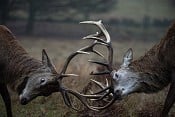
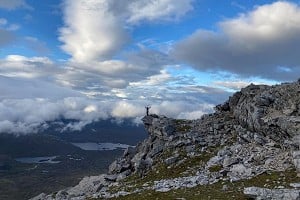
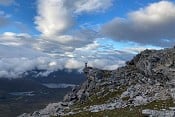
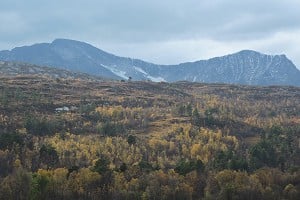

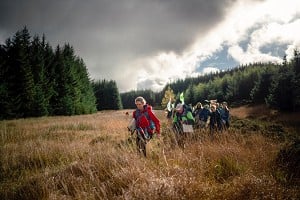
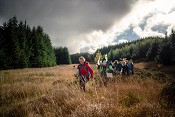
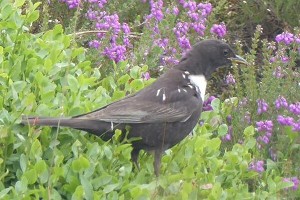
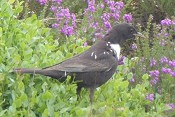
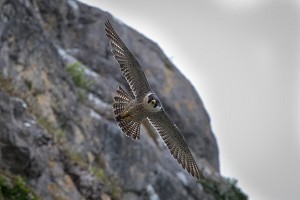


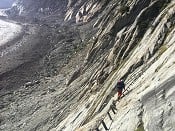
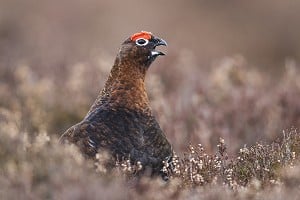
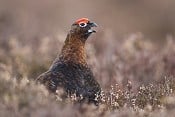
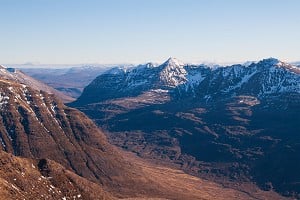
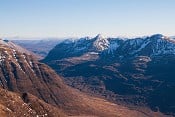
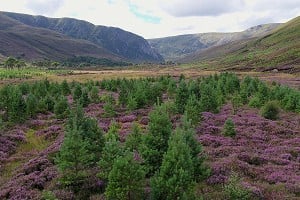

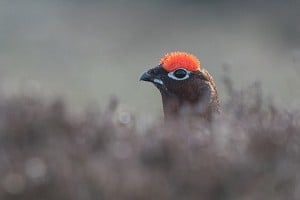
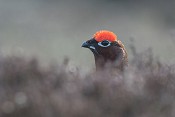


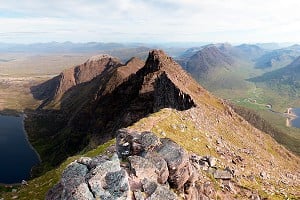

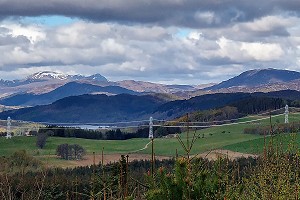
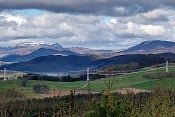

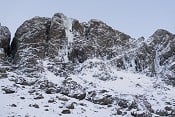
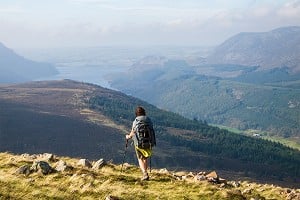

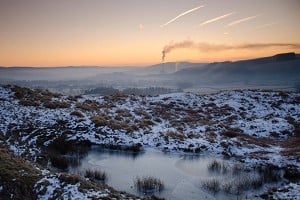
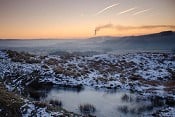
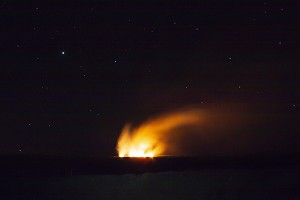




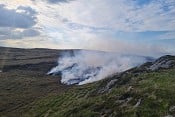
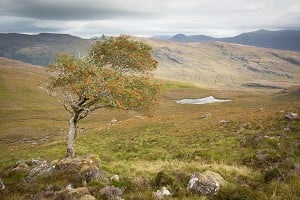
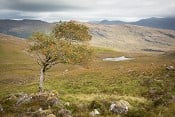

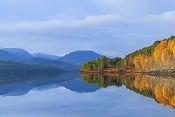
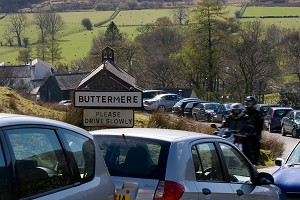
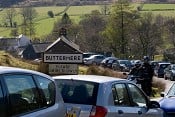
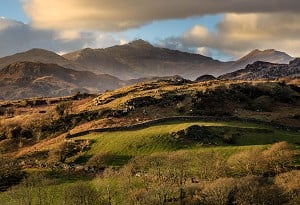
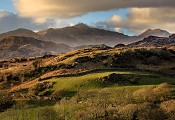
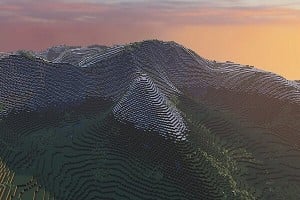

Comments
Really enjoyed that, thank you Sarah!
An excellent introduction to the subject. In my view, taking time to take in the environment and understand it is such an important part of being out in the hills. I used to despair of one of my regular walking companions who treated every walk as a route march and didn't seem to have any appreciation of the environment. She would regularly express astonishment when I mentioned the birds and plants we had passed - she just didn't notice them.
I must confess I don't really understand how it is possible to spend time in the outdoors without making such observations. It would seem to me to be a thoroughly diminished experience.
Thanks for that, I'm often amazed at how little interest some hillwalkers & climbers take in the landscape & wildlife. I guess you were limited to what you could include but surprised you didn't include upland grasslands & mountain burns/rivers.
Although I wouldn't consider conifer plantations as particularly interesting, they can be very rich in fungi, particularly late summer/autumn.
Fascinating stuff, Sarah. Thanks for sharing. One thing I've been noticing more and more in the Coulin and Applecross hills is how rich the flora is at height, with orchid and sea-pink making a go of it above 750m, for example. Am I getting better with age at noticing (marrying a gardener may have helped!) or is there a measurable rise in the altitude envelope of such species due to climate change?
Sea pink (Armeria maritima) is common by the sea (as suggested by its Latin name) but also frequently occurs at altitude - I can remember recording it on Ben Lawers & elsewhere at >1000m when I worked as a botanical surveyor in the 1980s & 90s and the new BSBI plant atlas gives the highest known site as 1,290 m on Cairntoul (https://plantatlas2020.org/atlas/2cd4p9h.8b8 ).
Some orchids may have expanded their range with changing climate but some (its a large group of plants) have always occured at altitude, both in the UK & elsewhere.